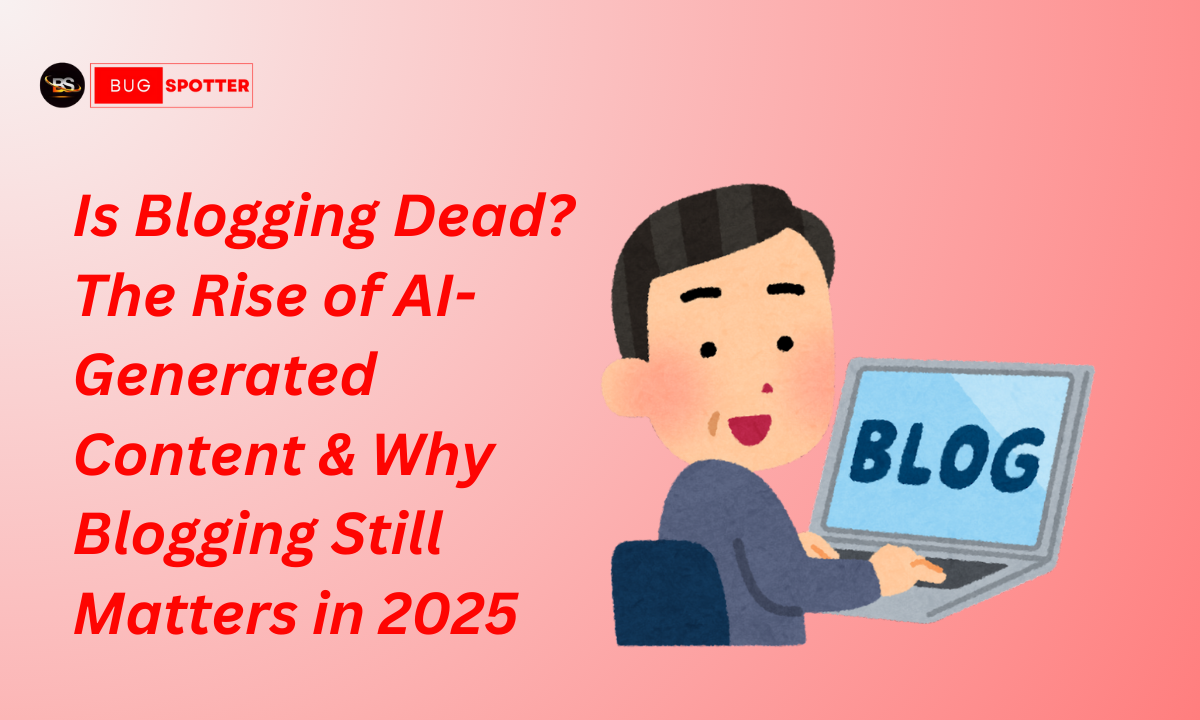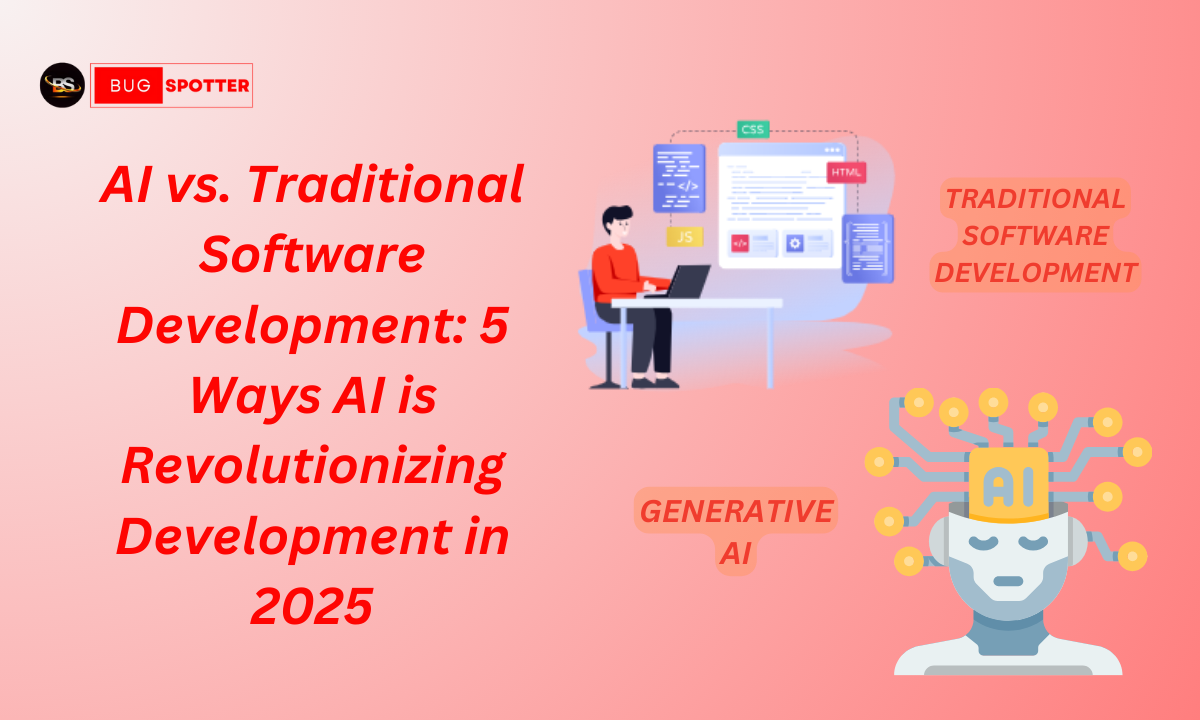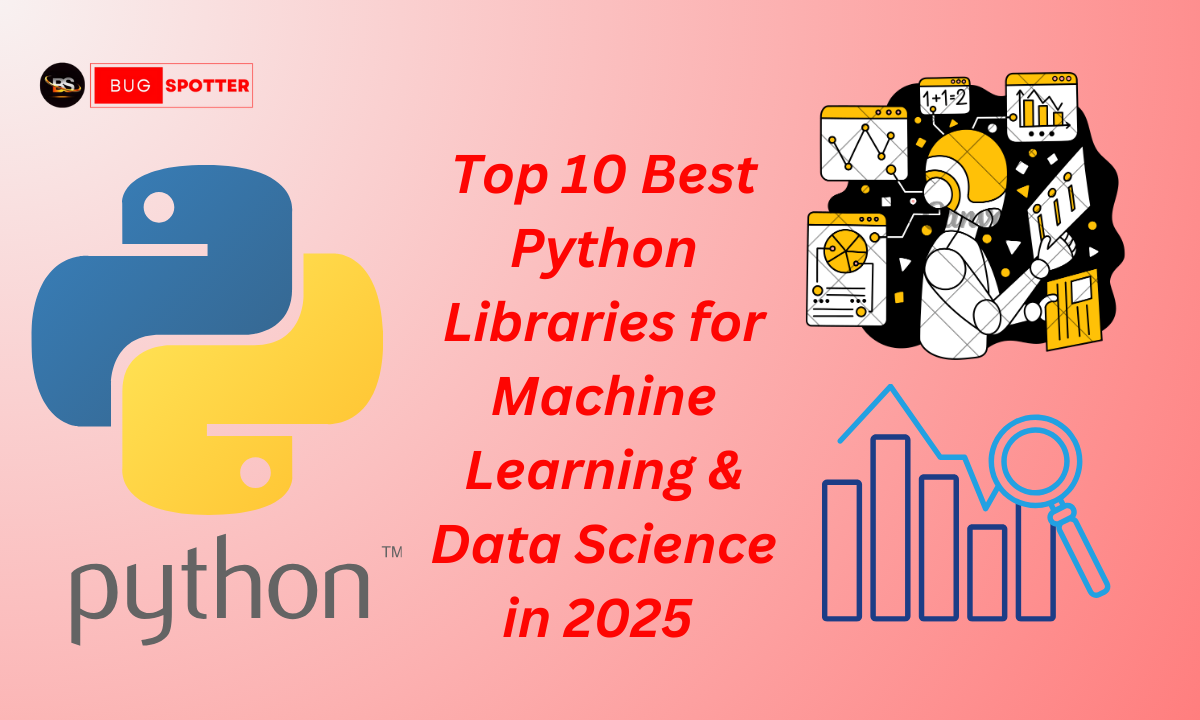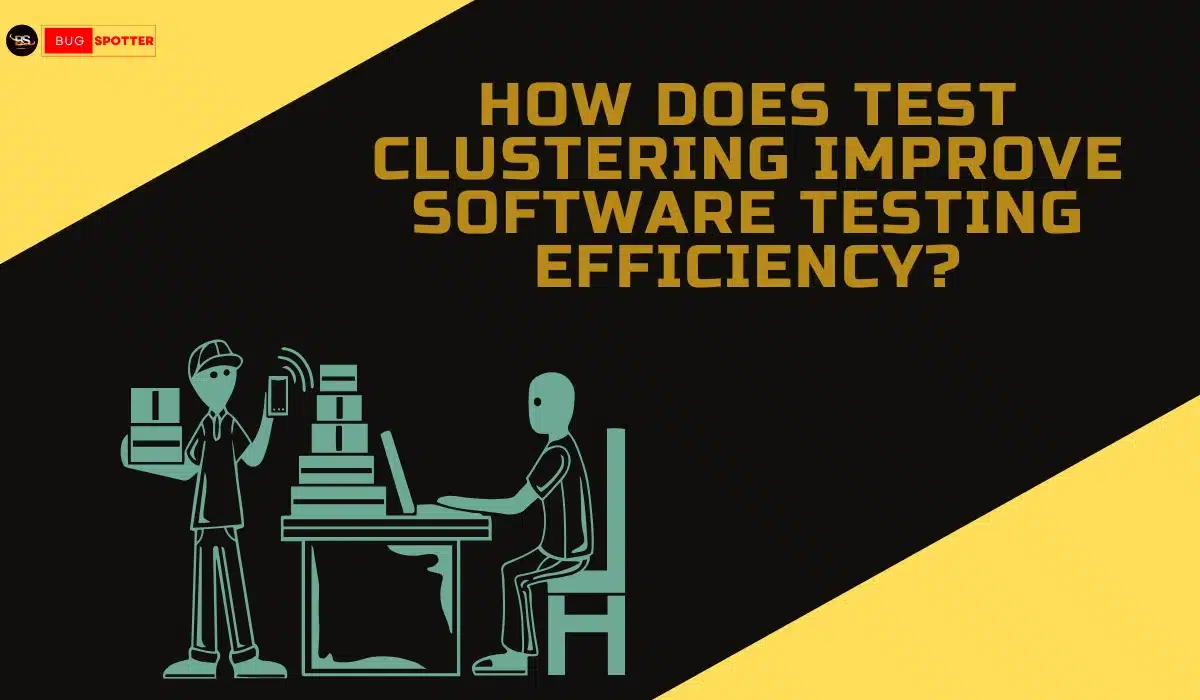Top 10 Python tools for 2025
Top 10 Python Tools Every Developer Should Know
Python is one of the most popular programming languages in the world, and its popularity continues to grow every day. Python is great for both beginners and experienced developers, which makes it very appealing. To become an expert Python programmer, you need to master various Python tools. Here’s a list of the top ten Python tools developers should be aware of in 2025.
Top 10 Python tools 2025
Python continues to be one of the most popular and versatile programming languages, used across various domains like web development, data science, machine learning, and automation. As Python evolves, several tools and frameworks have become indispensable for developers to enhance productivity, streamline workflows, and build robust applications. Here are the Top 10 Python tools for 2025, each offering unique features and capabilities to help you tackle modern development challenges. Whether you’re working with data, developing web applications, or testing your code, these tools will support you in becoming a more efficient Python programmer.
1. Jupyter Notebooks
Jupyter Notebooks is an open-source web application that allows you to create and share documents containing live code, equations, visualizations, and narrative text. It is widely used in data science, machine learning, and scientific computing due to its interactive nature and support for multiple programming languages.
Use:
Jupyter Notebooks is commonly used for data analysis, visualization, and machine learning experiments. It allows developers and researchers to combine code and documentation in one place, making it ideal for prototyping and teaching.
2. PyCharm
PyCharm is a popular Integrated Development Environment (IDE) for Python, developed by JetBrains. It offers code completion, project navigation, version control, and a powerful debugger, making it one of the most advanced Python IDEs available.
Use:
PyCharm is best used for Python development in general, from small scripts to complex applications. It’s especially helpful for web development (with frameworks like Django and Flask) and data science due to its support for libraries like NumPy and pandas.
3. TensorFlow
TensorFlow is an open-source framework developed by Google for building and deploying machine learning models. It provides a comprehensive ecosystem of tools, libraries, and community resources for developing AI applications, from research to production.
Use:
TensorFlow is used for deep learning tasks such as building neural networks, image recognition, natural language processing, and other AI applications.
4. Django
Django is a high-level Python web framework that encourages rapid development and clean, pragmatic design. It’s known for its “batteries-included” philosophy, offering a lot of built-in tools for building robust, scalable web applications.
Use:
Django is used for developing web applications and websites quickly and efficiently. It’s often used for building content management systems (CMS), e-commerce sites, and RESTful APIs.
5. Flask
Flask is a lightweight and flexible Python web framework. Unlike Django, it provides more control to developers, offering a minimalist approach to building web applications with fewer built-in features, which can be extended as needed.
Use:
Flask is best for building small web applications, microservices, and APIs. It is often used by developers who prefer a simpler, more customizable framework compared to Django.
6. Pandas
Pandas is a powerful, flexible, and easy-to-use data manipulation and analysis library. It provides data structures like DataFrames and Series, which are ideal for handling large datasets in Python.
Use:
Pandas is primarily used for data analysis and data manipulation tasks, such as cleaning, transforming, and analyzing structured data. It is essential for data scientists and analysts working with tabular data.
7. NumPy
NumPy is a core library for numerical computing in Python. It provides support for multidimensional arrays, matrix operations, and a wide range of mathematical functions that are essential for scientific computing.
Use:
NumPy is used for scientific computing, linear algebra, and data analysis. It forms the foundation for many other libraries like Pandas, SciPy, and TensorFlow.
8. Selenium
Selenium is an open-source tool used for automating web browsers. It’s mainly used for web application testing but can also be used for web scraping and automating repetitive tasks on the web.
Use:
Selenium is primarily used for web automation, testing of web applications, and browser-based tasks. It supports multiple browsers and programming languages, making it versatile for testing different web applications.
9. Pytest
Pytest is a testing framework that makes it easy to write simple and scalable test cases for Python applications. It is known for its simple syntax, powerful fixtures, and compatibility with other testing tools.
Use:
Pytest is mainly used for unit testing and integration testing in Python. It allows developers to ensure the reliability of their code by writing test cases and running them automatically.
10. SQLAlchemy
SQLAlchemy is a Python SQL toolkit and Object-Relational Mapping (ORM) library. It provides a set of high-level API tools for interacting with databases and allows Python developers to map Python objects to database tables seamlessly.
Use:
SQLAlchemy is primarily used for interacting with relational databases and performing database operations using Python. It simplifies database interaction through ORM, making it easier for developers to work with complex data models.

Valerie Rodriguez
Dolor sit amet, adipiscing elit. Ut elit tellus, luctus nec ullamcorper mattis, pulvinar dapibus leo.
Latest Posts
- All Posts
- Software Testing
- Uncategorized
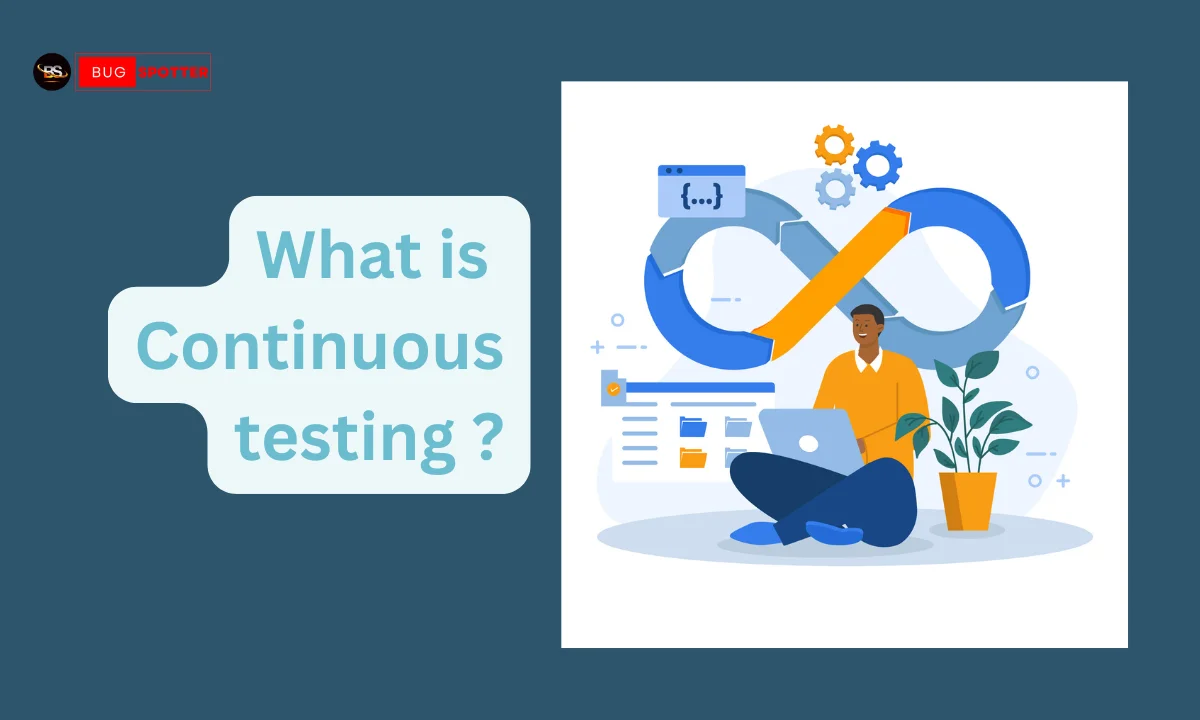
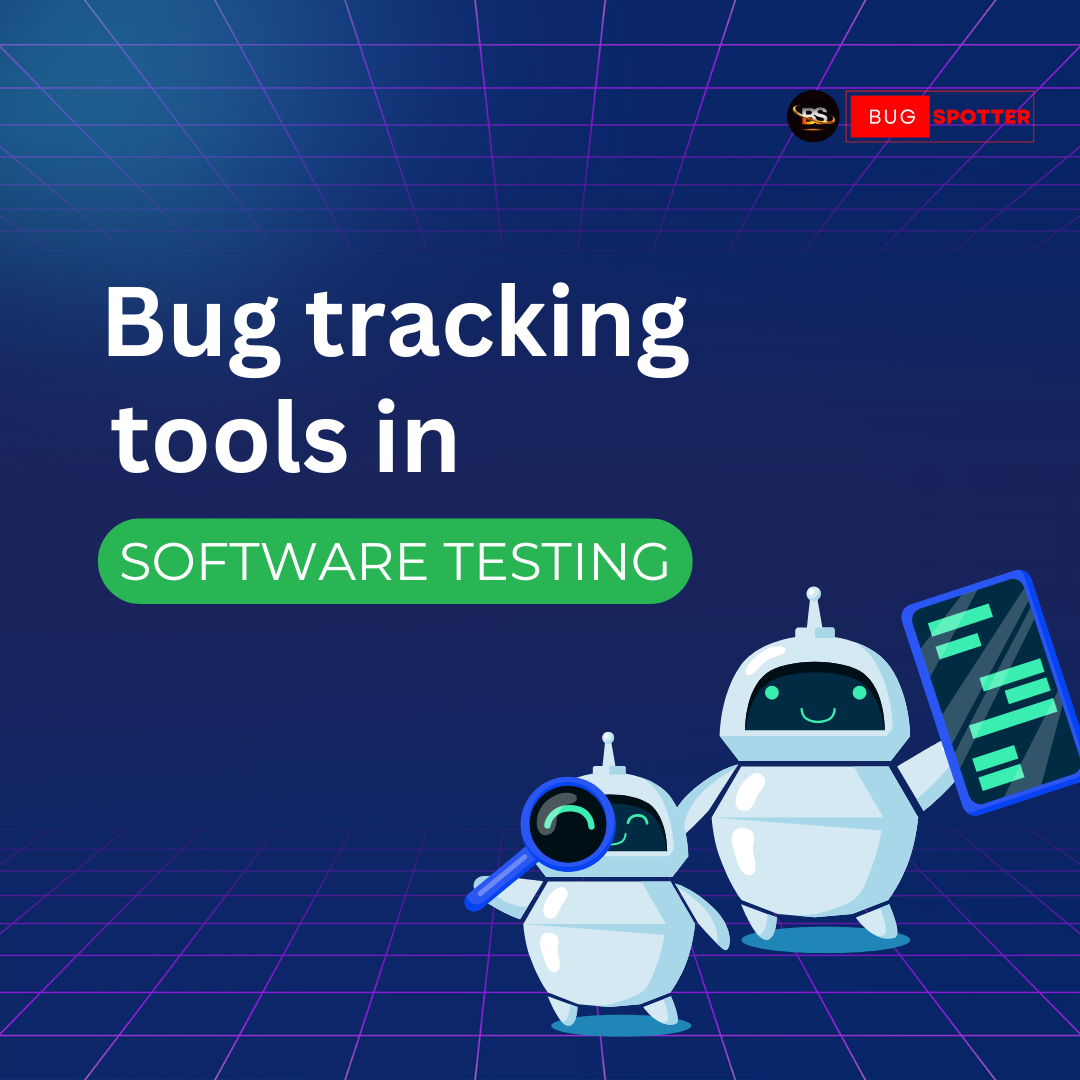

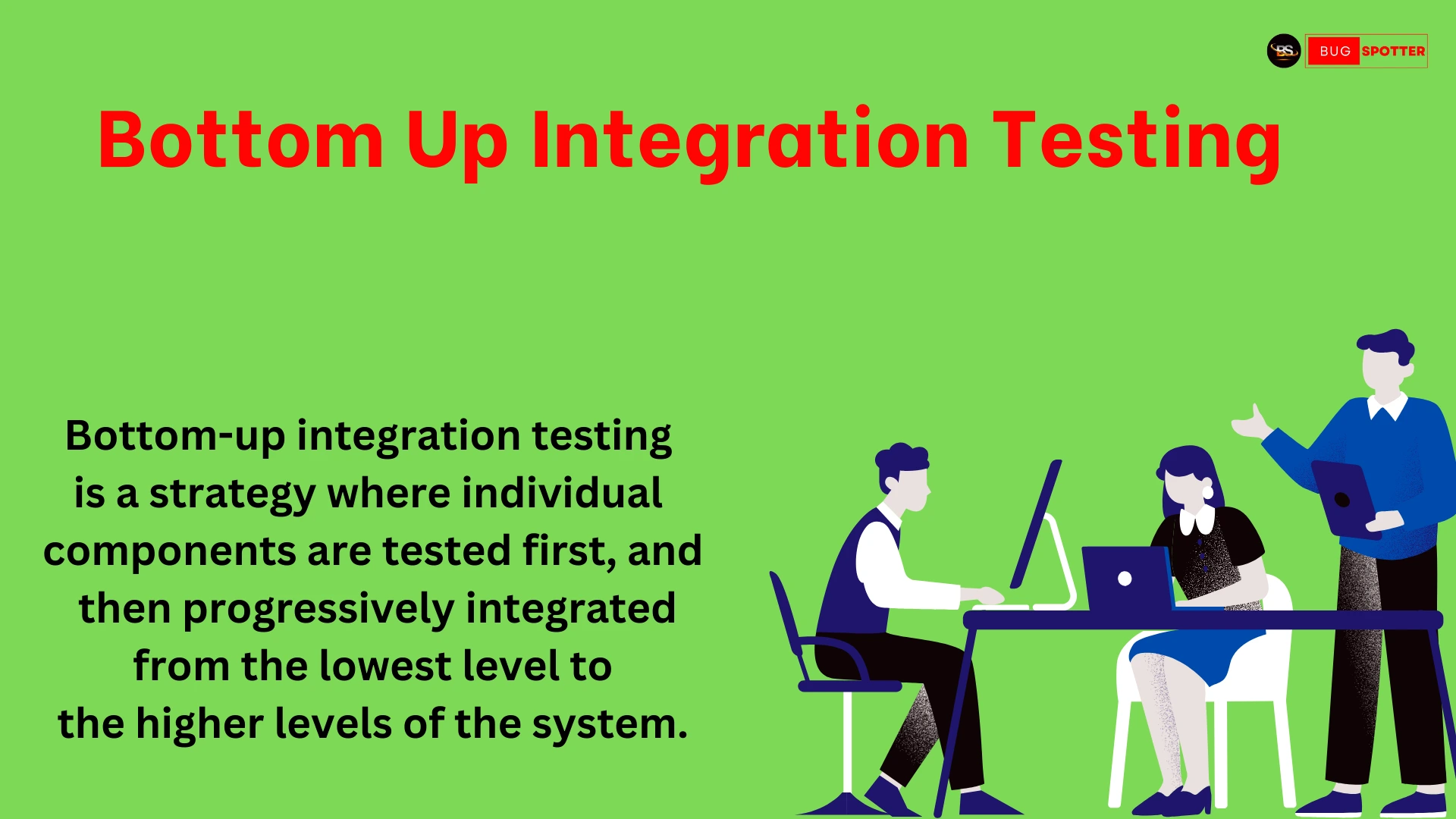
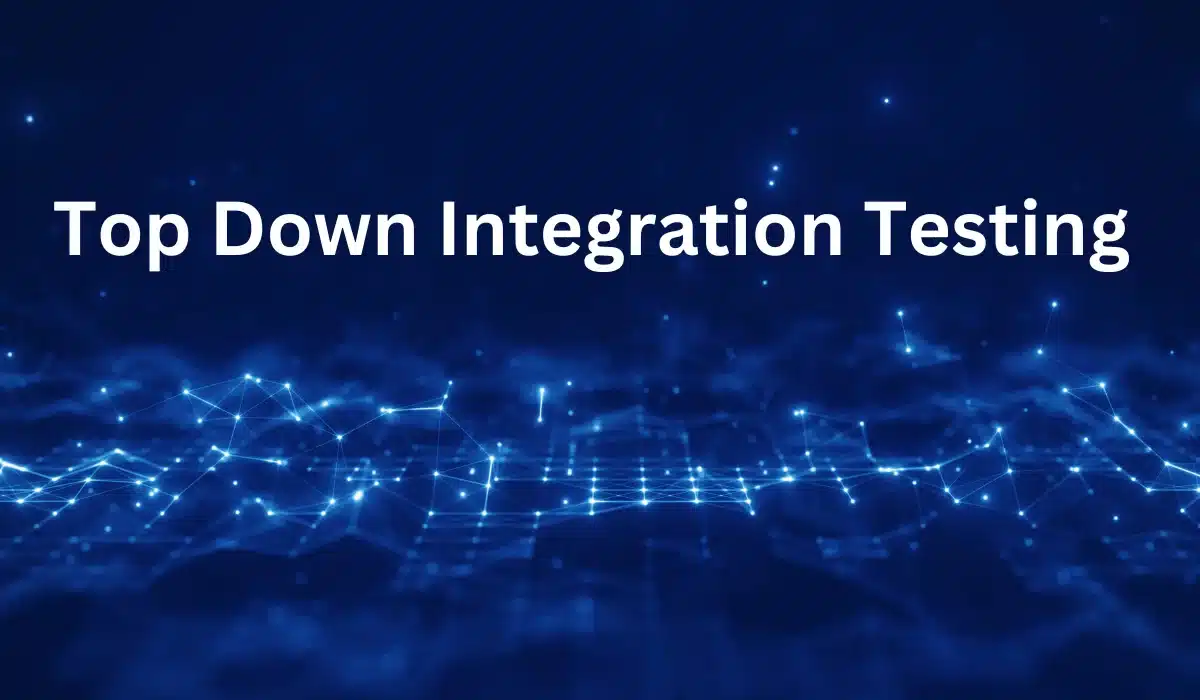
Software Services
Good draw knew bred ham busy his hour. Ask agreed answer rather joy nature admire.
Categories
- Artificial Intelligence (5)
- Best IT Training Institute Pune (9)
- Cloud (2)
- Data Analyst (55)
- Data Analyst Pro (15)
- data engineer (18)
- Data Science (104)
- Data Science Pro (20)
- Data Science Questions (6)
- Digital Marketing (4)
- Full Stack Development (7)
- Hiring News (41)
- HR (3)
- Jobs (3)
- News (1)
- Placements (2)
- SAM (4)
- Software Testing (70)
- Software Testing Pro (8)
- Uncategorized (33)
- Update (33)
Tags
- Artificial Intelligence (5)
- Best IT Training Institute Pune (9)
- Cloud (2)
- Data Analyst (55)
- Data Analyst Pro (15)
- data engineer (18)
- Data Science (104)
- Data Science Pro (20)
- Data Science Questions (6)
- Digital Marketing (4)
- Full Stack Development (7)
- Hiring News (41)
- HR (3)
- Jobs (3)
- News (1)
- Placements (2)
- SAM (4)
- Software Testing (70)
- Software Testing Pro (8)
- Uncategorized (33)
- Update (33)


